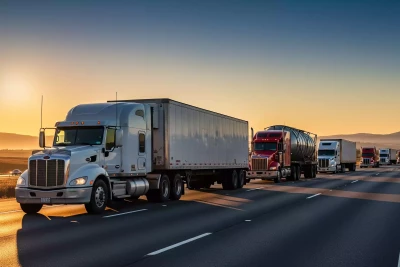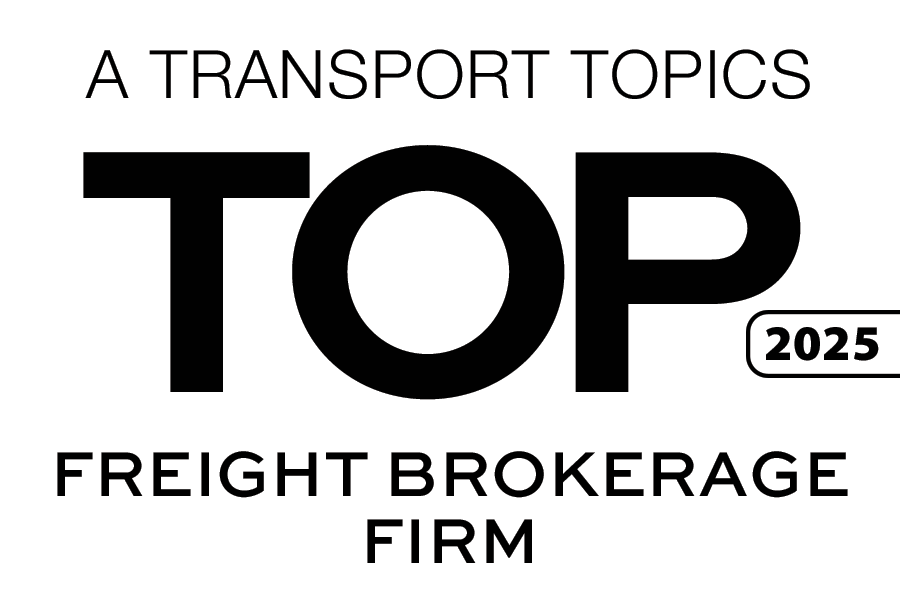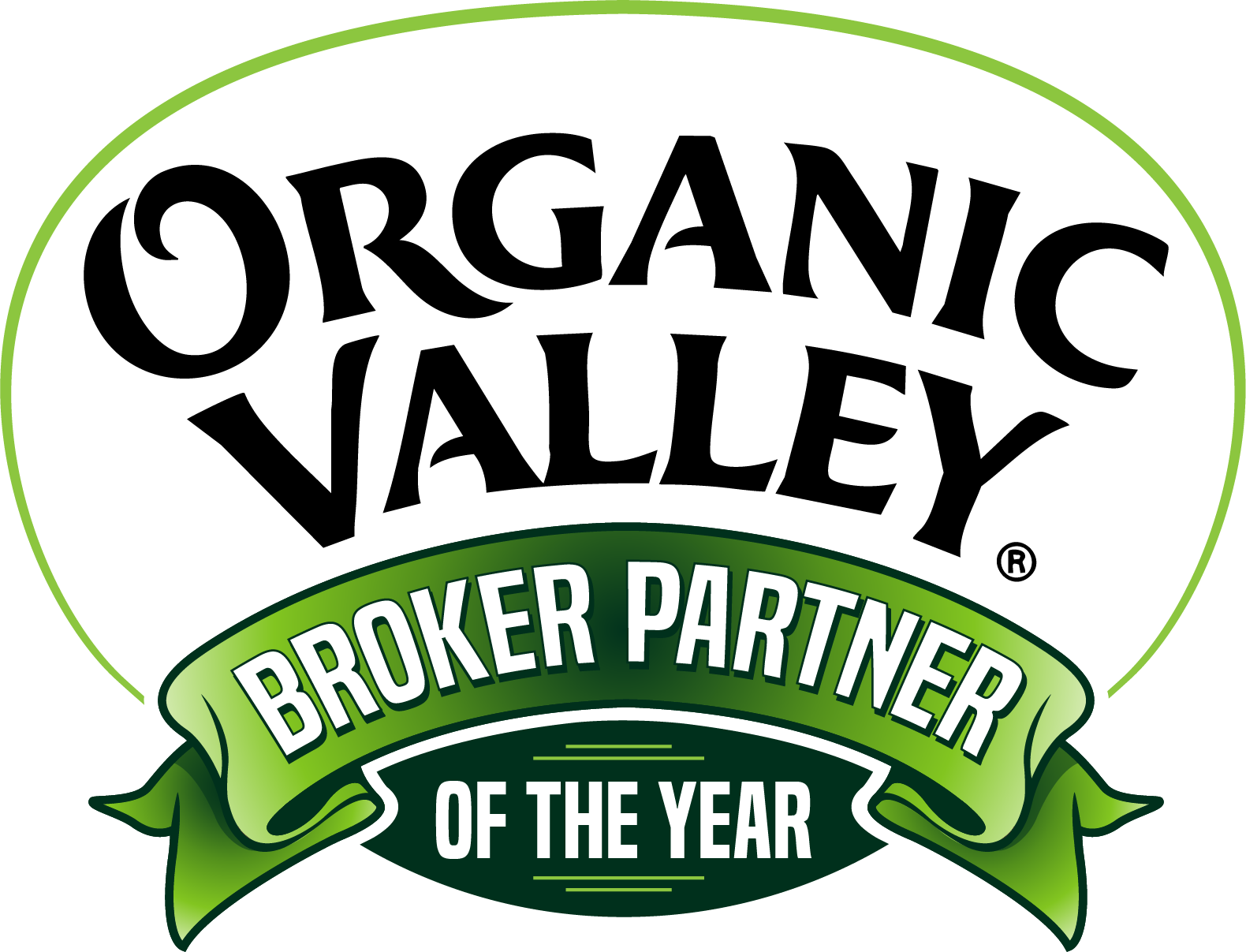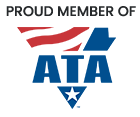From Security to Capacity: Tackling Freight’s Biggest Challenges
August 19, 2025

2208170614
The freight transport industry faces continued upheaval as new fraud tactics and evolving regulations reshape the way carriers, brokers, and shippers operate. While many of these issues have been present for decades, advancements in technology and changes in enforcement are bringing them into sharper focus.
Much like the banking industry before it, the freight transportation sector has struggled to keep pace with increasingly sophisticated criminal tactics. Freight theft, rail car looting, and carrier impersonation are on the rise, often backed by international criminal networks. The fragmented nature of the trucking industry has made it challenging to implement uniform protections, but forward-thinking companies have tightened policies to safeguard both clients and carriers.
The Federal Motor Carrier Safety Administration (FMCSA) is reportedly undergoing a significant security overhaul. One major concern is the proliferation of fraudulent carrier authorities. Over 11,000 new authorities were opened and closed within a matter of weeks in recent years, all linked to fraud. New auditing measures, particularly around non-domiciled CDLs, aim to address loopholes that have been exploited. However, inconsistent state-level tracking of domestic and international non-domiciled licenses will make enforcement a complex process.
Will increased enforcement and regulation harm capacity in the long term? Watch the latest episode of the Stay In Your Lane Podcast for in-depth industry analysis.
Enforcing existing laws is seen as a more effective path to safety than simply adding new regulations. English language proficiency requirements, driver hours of service flexibility, and removing unnecessary compliance burdens are all under consideration. However, there’s uncertainty about how these changes will impact driver capacity. Some measures may improve conditions for established, compliant operators while doing little to alleviate market struggles for those already on the edge.
“If you’re an established owner-operator…it will improve their rates. They won’t be competing with people who are just chipping away at their rates,” says RadioNemo’s Jimmy Mac of the push for enforcement.
A crackdown on fraudulent carriers and non-compliant drivers may reduce available capacity in the short term. While this could improve rates for legitimate operators, it might also create challenges for shippers if supply tightens too quickly. The long-term impact will depend on the pace of implementation and whether changes are rolled out gradually or all at once. Industry veterans warn that a shotgun approach could cause confusion and disruption.
At the core of these discussions is a shared goal: safer roads and a healthier trucking industry. That means cracking down on predatory hiring practices, ensuring drivers aren’t pushed beyond safe limits, and addressing the public misconceptions about truckers. It also means recognizing that regulations must be measured, targeted, and enforced consistently to be effective.
“If you’re removing regulations, you have to figure out: did we move the needle? How much did we move it? If you add a regulation, is it having the desired effect with reducing crashes?” asks Jami Jones, Managing Editor at Landline Magazine.
 The coming months and years will reveal how well policymakers, regulators, and industry stakeholders can work together to protect freight, improve driver conditions, and maintain balance in a market where security and efficiency are more critical than ever.
The coming months and years will reveal how well policymakers, regulators, and industry stakeholders can work together to protect freight, improve driver conditions, and maintain balance in a market where security and efficiency are more critical than ever.
As these challenges evolve, shippers need a logistics partner who understands the regulatory environment and has the resources to navigate it effectively. Triple T Transport’s 3PL services combine rigorous carrier vetting, advanced tracking, and proactive risk management to ensure freight moves safely, efficiently, and in full compliance with industry standards. By leveraging deep industry expertise and strong carrier relationships, Triple T helps clients minimize risk, protect their supply chains, and adapt to the ever-changing transportation landscape.














